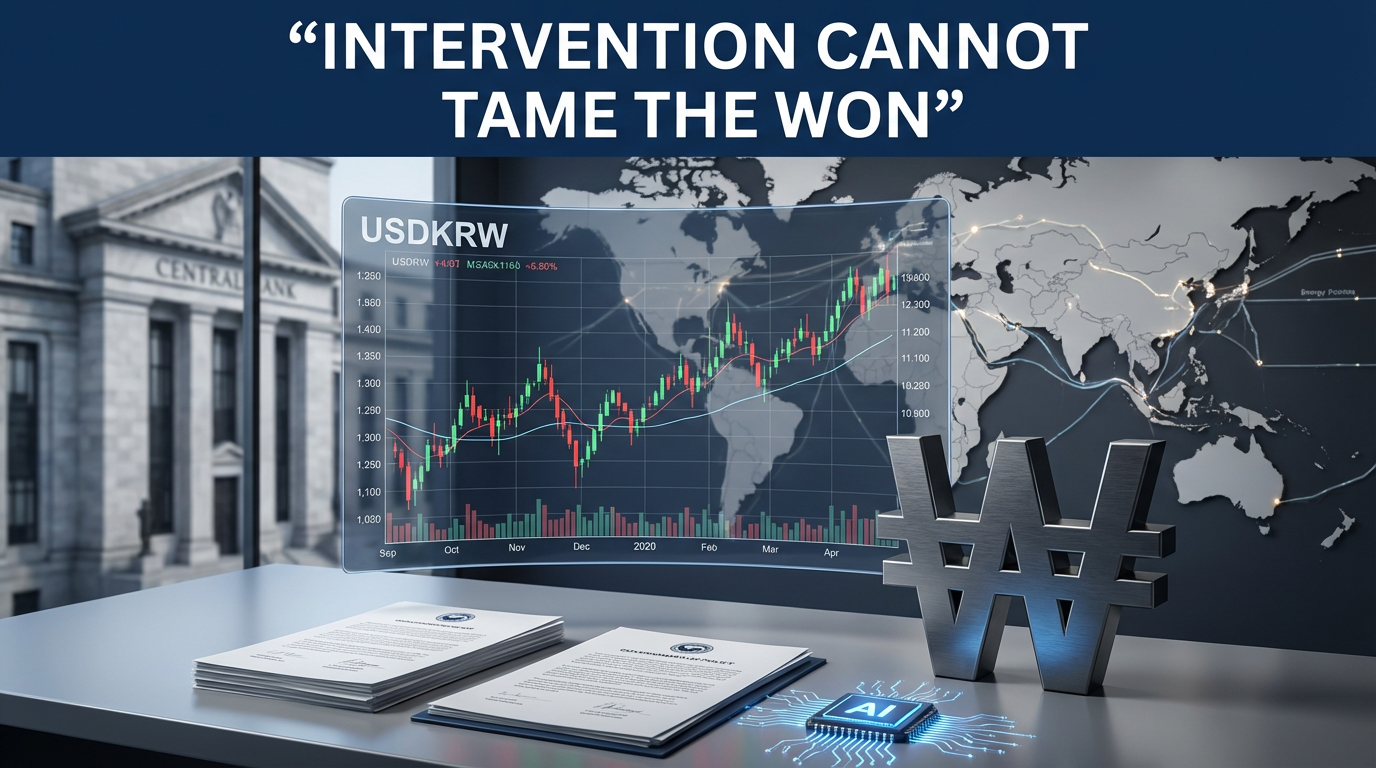Looking at the economic indicators from 2017 to 2019, many believe that President Trump’s statements accurately predicted the economic trends of the time. Although Trump strongly asserted his views on interest rate direction and the economic situation on platforms like Twitter, often using harsh language, analysis suggests that his judgment was insightful compared to the indicators released by the Federal Reserve and various other institutions.
■ Trump’s Economic Predictions and Actual Performance
– Based on economic indicators from 2017 to 2019, the timing of interest rate hikes/cuts and the economic situation that Trump mentioned showed considerable reliability.
– At the time, Trump argued that “interest rates should go down,” and compared to the Fed’s moves to continuously raise interest rates between 2015 and 2018, his economic judgment is seen as reflecting business acumen beyond mere political rhetoric.
■ Biden Administration’s Fiscal Expansion and Debt Burden
– The Biden administration’s excessive fiscal expansion is still having an impact into the first quarter.
– The reduction of government spending in civil service and various government sectors, especially the cuts in international aid or State Department-related areas, contrasts with Trump’s advocated fiscal soundness improvements.
– Such fiscal policies may act as an additional debt burden and a ‘cardiac dilatation’-like warning sign on the entire U.S. economy.
■ Fed’s Monetary Policy and Inflation Indicators (CPI/PPI)
– Chairman Powell insists on maintaining the Fed’s independence and argues that political influence should be excluded.
– Although CPI and PPI indicators show seasonal adjustment effects and short-term volatility, the overall trend indicates stabilizing inflation and maintaining a neutral interest rate (around 3%).
– The market is cautiously reacting to short-term interest rate fluctuations, reflecting these indicators, which contrasts with Trump’s impromptu interest rate cut claims.
■ U.S. Treasury, Gold Investment, and Foreign Exchange Market Trends
– U.S. Treasury yields are currently moving in the 4.3-4.5% range, and the investment attractiveness of the U.S. bond market in the future will largely depend on the direction of fiscal policy and the Fed’s interest rate policy.
– In the case of gold prices, it is noteworthy that speculative trading is intensifying as it becomes more difficult to secure physical gold, unlike in the past.
– In addition, fluctuations in dollar value and exchange rates can offset the returns on U.S. bond investments, requiring investors to approach with caution.
■ Future Outlook and Investment Implications
– Trump’s economic judgment and business acumen raise expectations for a positive impact on the U.S. government’s fiscal soundness in the future.
– On the other hand, the Biden administration’s fiscal expansion, civil servant reduction policies, and conflicts with the Fed’s monetary policy are raising concerns about short-term volatility and debt burden.
– When investing in U.S. Treasuries or gold, it is necessary to carefully consider the interaction between exchange rates and bond yields and focus not only on political rhetoric but also on long-term economic indicators.
– Investors should consider these various economic indicators and the interaction of government policies to establish risk management strategies in response to the U.S.-China trade conflict and changes in the global macroeconomic environment.
As such, past economic indicators and Trump’s predictions, as well as the current policies of the Fed and the Biden administration, are showing different trajectories, but ultimately, the future direction of the U.S. economy should be found in the balance between fiscal soundness and monetary policy.
[Related Articles at nextgeninsight.net/]
Trump: https://nextgeninsight.net/?s=%ED%8A%B8%EB%9F%BC%ED%94%84
Fed: https://nextgeninsight.net/?s=%EC%97%B0%EC%A4%80
*Source : [연합뉴스경제TV] 금괴를 매집하는 어둠의 세력은 누구인가 (문홍철, 윤여삼) | 인포맥스라이브 250214



